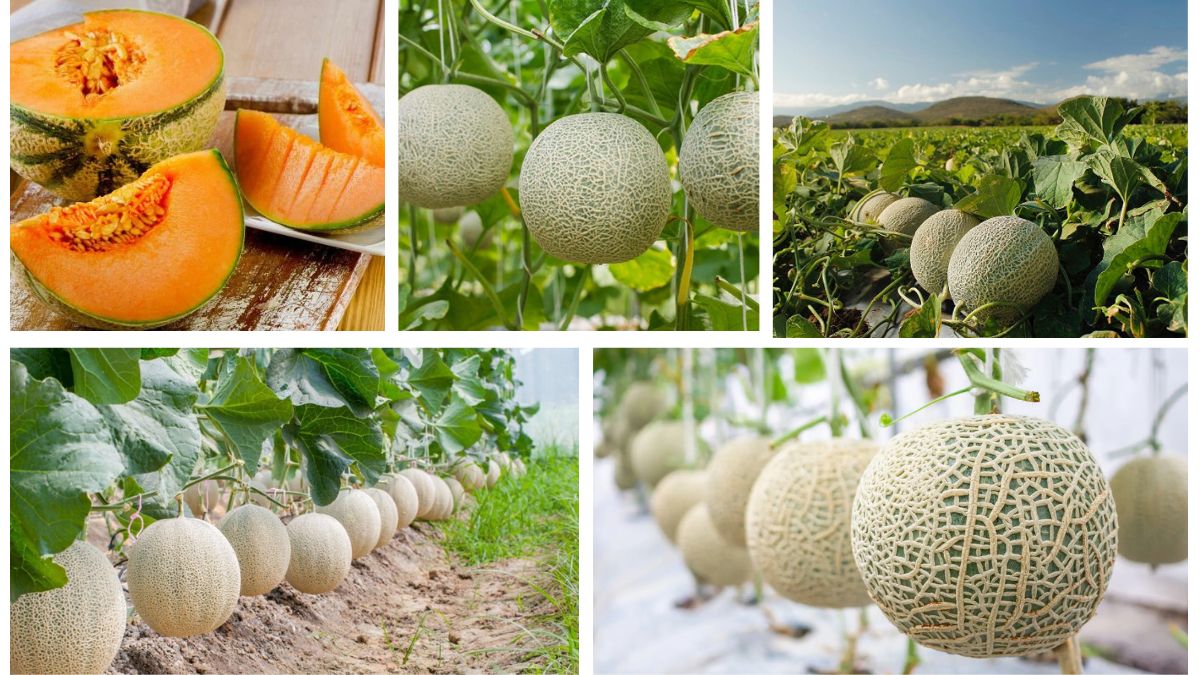Cantaloupe, with its refreshing sweetness, aromatic flesh, and hydrating properties, is a favorite summer fruit enjoyed in many parts of the world. Often relished fresh, in fruit salads, or blended into smoothies, cantaloupes are not only a tasty treat but also packed with vitamins, antioxidants, and essential nutrients. As global demand for this melon variety grows, so does its commercial production across various countries. But have you ever wondered which nation leads the world in cantaloupe production?
In this detailed article, we’ll explore the global cantaloupe market, delve into the production figures of leading countries, and finally identify the largest cantaloupe producer in the world.
What Is Cantaloupe?
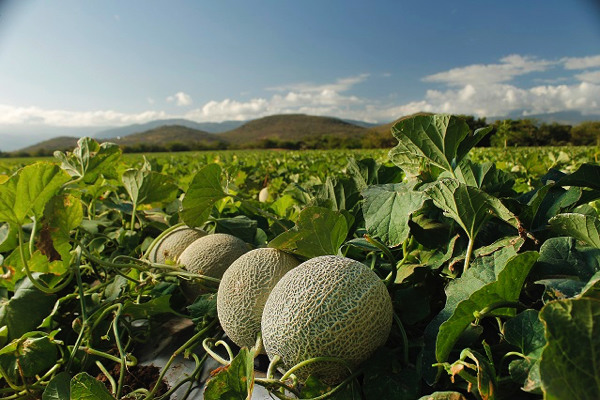
Before diving into production data, it’s important to understand what cantaloupe actually is. Cantaloupe is a type of muskmelon belonging to the Cucurbitaceae family, which also includes cucumbers, pumpkins, and squashes. It is known for its netted skin, orange flesh, and a high-water content that makes it a perfect summer fruit.
Cantaloupes are rich in:
- Vitamin C
- Vitamin A
- Potassium
- Fiber
- Antioxidants
Its health benefits range from supporting immune function to promoting eye health, improving digestion, and hydrating the body.
Global Cantaloupe Production Overview
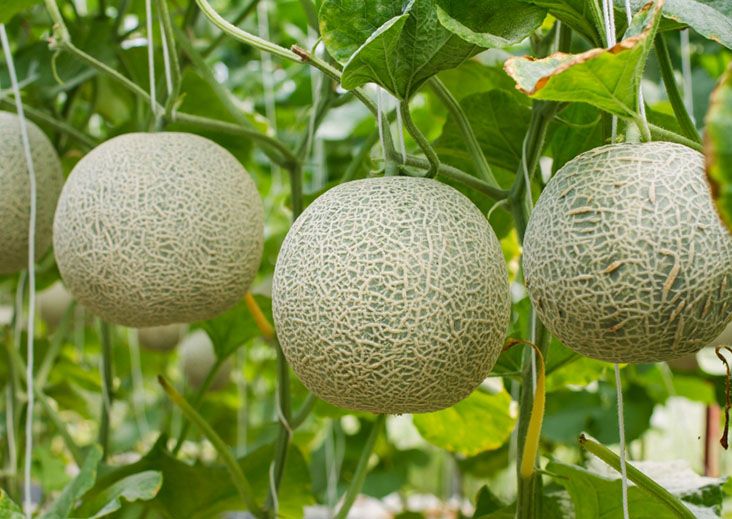
Cantaloupe thrives in warm climates with plenty of sunshine, well-drained soil, and moderate rainfall. This makes it an ideal crop for subtropical and temperate regions.
Globally, cantaloupe is cultivated on extensive farmlands, with annual production reaching millions of tons. According to data from the Food and Agriculture Organization (FAO) and other agricultural reports, several countries are major contributors to the cantaloupe market.
The leading cantaloupe producers traditionally include:
- China
- Turkey
- Iran
- India
- United States
- Egypt
- Mexico
However, one country stands far ahead of the rest in terms of annual production volume.
Which Country Is the Largest Cantaloupe Producer in the World?
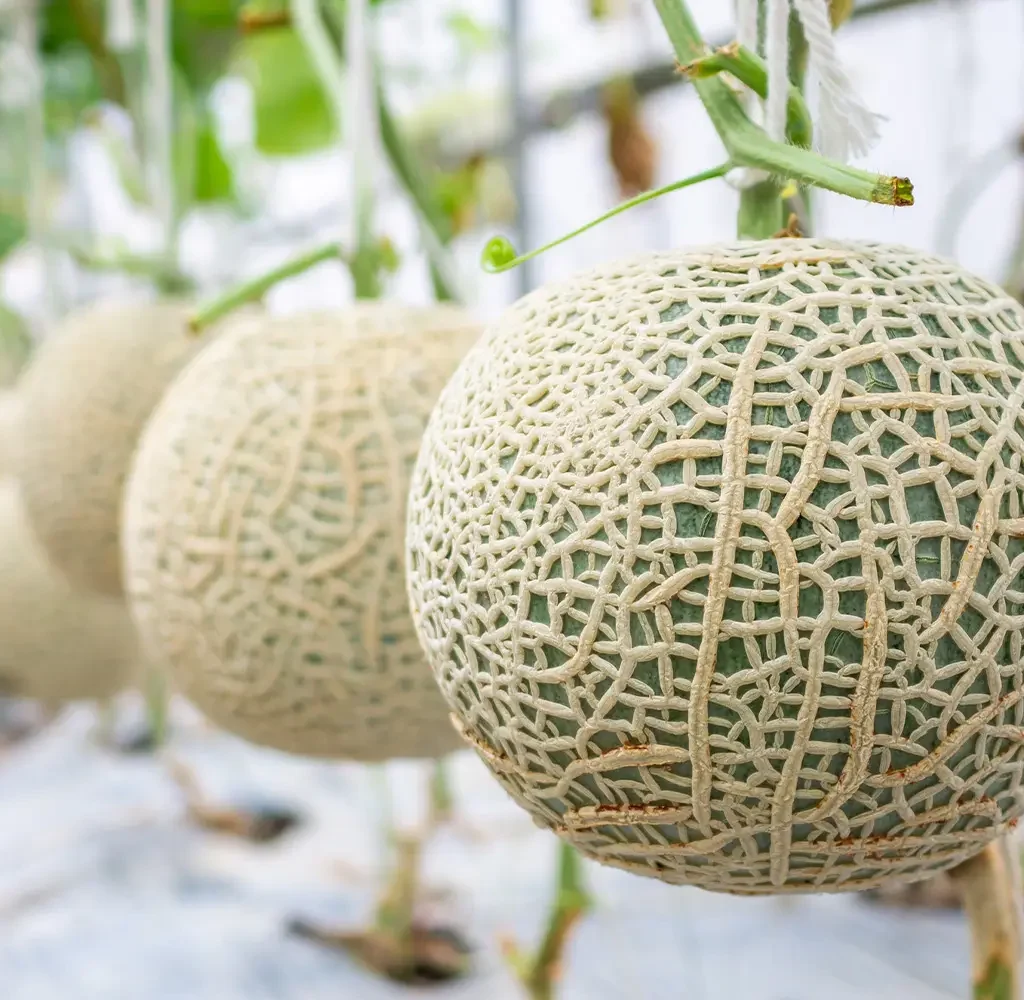
China holds the title as the largest cantaloupe producer in the world by a significant margin.
According to the FAO’s latest data, China produces more than half of the world’s cantaloupes annually. Its extensive farmlands, suitable climate, and long history of melon cultivation have enabled the country to dominate this market.
In recent years, China’s cantaloupe production has reached figures exceeding 12 million metric tons annually, which is more than five times the production of the second-leading country.
Why Is China the Top Cantaloupe Producer?
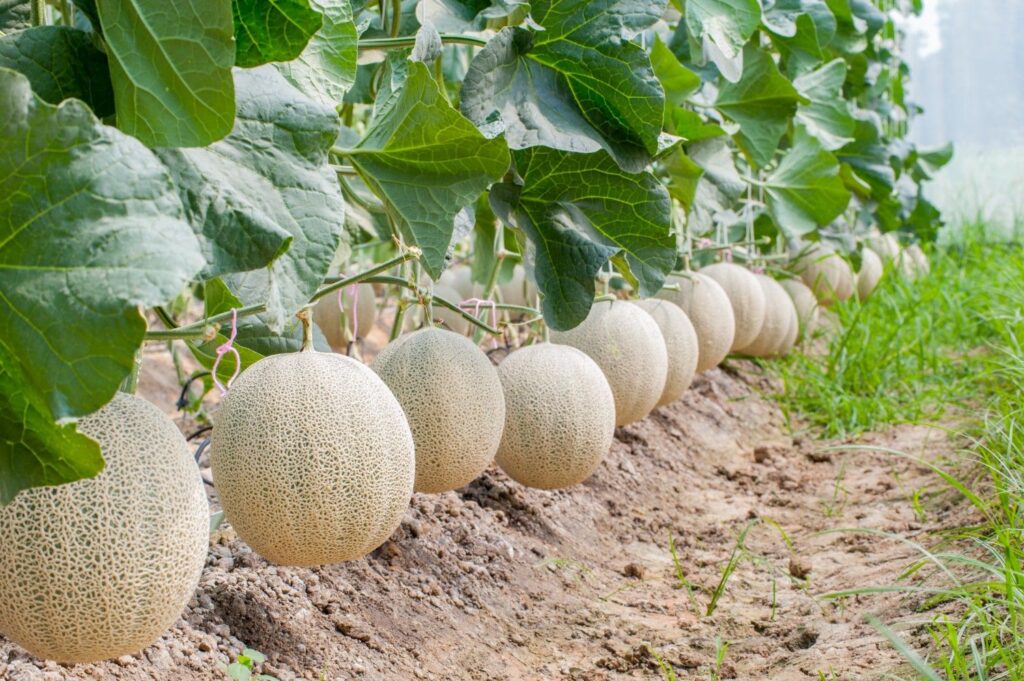
Several factors contribute to China’s dominance in cantaloupe production:
1. Favorable Climate and Geography
China’s vast territory includes diverse climates, with large areas in provinces like Xinjiang, Hebei, and Shandong offering ideal conditions for cantaloupe farming. The hot, dry summers and long hours of sunshine are perfect for producing high-quality, sweet cantaloupes.
2. Traditional Agricultural Expertise
China has a long history of melon cultivation, with ancient records detailing muskmelon farming techniques. This accumulated knowledge and generational expertise have played a crucial role in developing highly productive farming methods.
3. Advanced Agricultural Techniques
Modern agricultural practices, including greenhouse farming, drip irrigation, hybrid seed development, and organic farming techniques, have boosted yield and fruit quality.
4. Vast Farmland Availability
China’s agricultural policy encourages the cultivation of fruits like cantaloupes in regions where staple grains might not thrive as effectively. This ensures efficient land use and diversified crop production.
5. High Domestic Demand
With a massive population and growing interest in healthy, fresh produce, domestic demand for cantaloupe remains consistently high, encouraging farmers to increase production.
Other Major Cantaloupe Producers
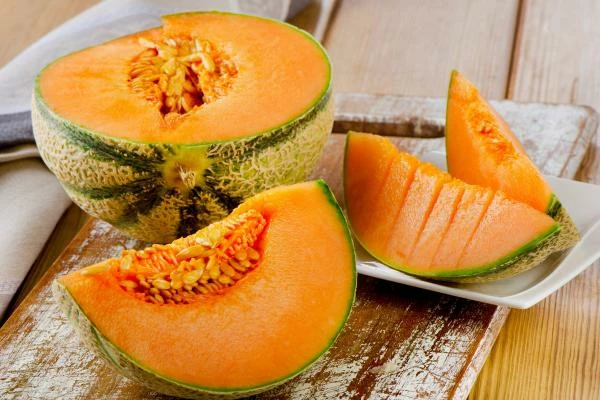
While China dominates the global market, several other countries also contribute significantly to cantaloupe production:
Turkey
Turkey ranks second globally in cantaloupe production. The country’s Mediterranean climate, with its hot summers and fertile soils, makes it suitable for cultivating high-quality melons. Annual production hovers around 1.5 million metric tons. Turkish cantaloupes are popular both domestically and in regional export markets.
Iran
Iran is another prominent cantaloupe producer, growing approximately 1.2 million metric tons annually. The arid and semi-arid regions of Iran, particularly in Fars and Khorasan provinces, provide optimal growing conditions.
India
India’s cantaloupe production stands at around 1 million metric tons per year. Cultivation is spread across states like Maharashtra, Uttar Pradesh, Karnataka, and Andhra Pradesh. India’s tropical and subtropical climates support extensive cantaloupe farming.
United States
The United States, especially the states of California, Arizona, and Texas, produces between 700,000 to 900,000 metric tons annually. Cantaloupe is a major summer fruit in the U.S., with California’s Central Valley being the largest producing region.
Egypt
Egypt’s cantaloupe production is increasing steadily, thanks to the fertile Nile Delta and modern irrigation techniques. Annual production reaches around 600,000 metric tons.
Mexico
Mexico produces approximately 500,000 metric tons of cantaloupes annually, primarily for both domestic consumption and export to the United States and Canada.
Global Export and Trade Dynamics
Although China leads in production, it is not the largest cantaloupe exporter. Much of China’s harvest is consumed domestically. The global cantaloupe export market is largely dominated by:
- Mexico
- Guatemala
- Honduras
- Costa Rica
These countries export cantaloupes primarily to North America, Europe, and the Middle East. Their advantage lies in favorable trade agreements, proximity to major markets, and year-round harvesting cycles.
The Future of Global Cantaloupe Production
The cantaloupe market is expected to grow steadily due to increasing awareness about its health benefits, rising demand for fresh fruits, and global population growth.
Emerging trends include:
- Organic cantaloupe farming
- Hybrid seed varieties for enhanced sweetness and disease resistance
- Climate-controlled greenhouse cultivation
- Expansion of export markets in Asia and Europe
Countries like Vietnam, Thailand, and Morocco are also stepping up their cantaloupe production, aiming to capture niche export markets.
Conclusion
To sum it up, China is, without a doubt, the largest cantaloupe producer in the world, contributing over 50% of the global supply. Its success stems from favorable climatic conditions, centuries-old farming expertise, modern cultivation techniques, and vast agricultural resources.
While countries like Turkey, Iran, India, and the United States also play vital roles in the global cantaloupe market, none come close to China’s staggering production volumes.
As global demand for nutritious and hydrating fruits like cantaloupes rises, it’s likely that production will expand in both traditional and emerging producing nations. With innovations in agriculture and growing international trade, cantaloupes will continue to delight consumers around the world for years to come.
